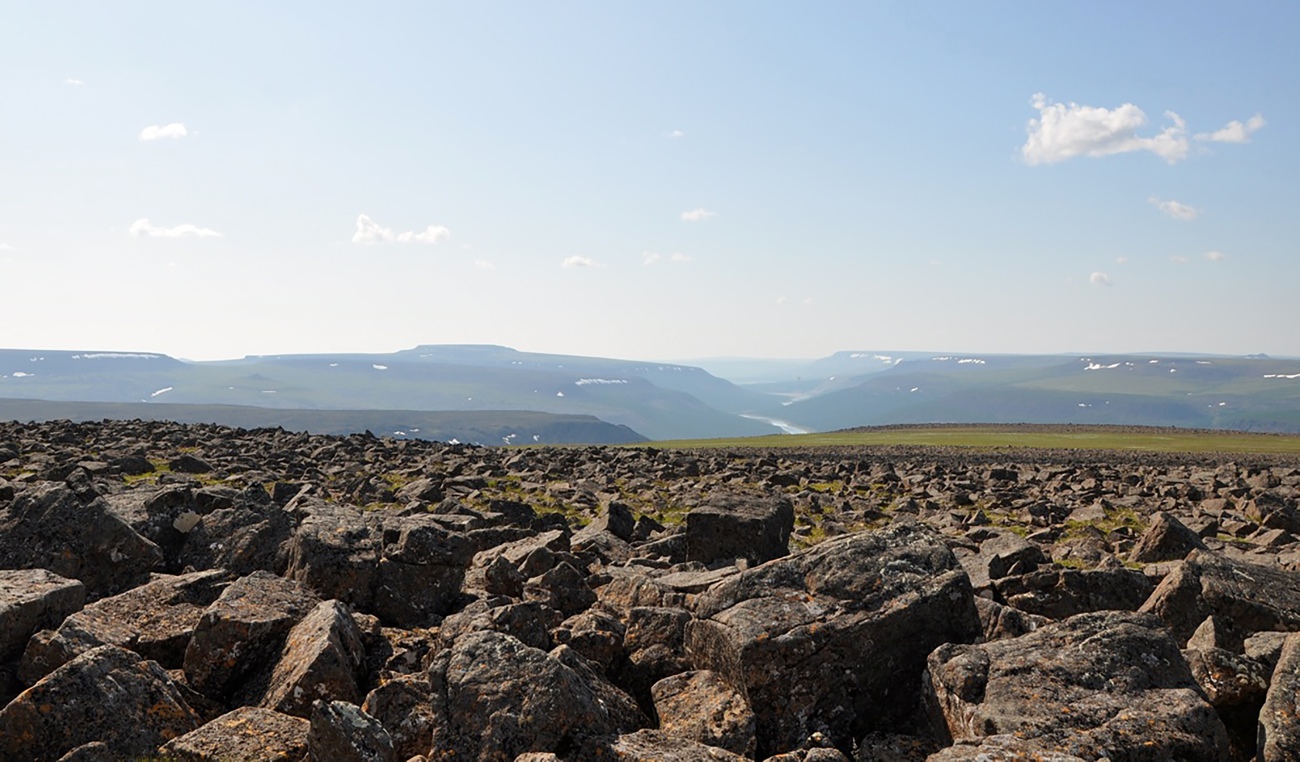Catastrophic Volcanoes Blamed for Earth's Biggest Extinction

Geologists hauling hundreds of pounds of 250-million-year-old rocks from Siberia, through Russian and American customs, say luck was on their side. Not only did they successfully transport the huge haul, but they also may have confirmed the cause of Earth's worst mass extinction.
The culprit? Catastrophic volcanic eruptions that spewed enough lava to cover Australia led to the die-off at the end of the Permian era, the researchers found. That die-off occurred about 250 million years ago and was the greatest mass extinction in Earth's history; 90 percent of marine species and 75 percent of land dwellers were wiped off the face of the planet over the course of about 60,000 years.
Ancient volcanic rocks now provide the best evidence yet that catastrophic volcanic activity triggered the extinction, researchers say.
"The main question we and many other research teams are trying to answer is, 'What causes mass extinction?'" said study lead author Seth Burgess, a geochronologist at the U.S. Geological Survey in Menlo Park, California. "These events shape the evolutionary trajectory of life on our planet, and are thus some of the most important events to occur in the 600 million years that complex life has inhabited Earth." [Wipe Out! History's 7 Most Mysterious Extinctions]
Scientists knew that a key factor behind this disaster may have been one of the biggest continental volcanic eruptions on record. It occurred in what is now Siberia, currently called the Siberian Traps, and spewed out as much as 2.7 million square miles (7 million square kilometers) of lava. This magmatism, or movement of magma, may have injected massive amounts of global warming gases into the atmosphere, wreaking havoc on the environment. These eruptions also led to acid rain that may at times have made the ground as acidic as lemon juice.
However, until now, scientists could not pinpoint when exactly the mass extinction and eruptions happened in relation to each other. To settle whether the mass extinction followed the eruptions, researchers investigated crystals within ancient volcanic rocks from 21 sites in Siberia.
"Getting to arctic Siberia isn't easy, and getting many hundreds of kilos of rock back through Russian and American customs is no picnic, either," Burgess told Live Science. "I consider getting all the samples back that we did a mixture of luck and preparedness."
Get the world’s most fascinating discoveries delivered straight to your inbox.
The scientists found that the eruptions started about 300,000 years before the mass extinction, continued during the die-off and lasted for at least 500,000 years after species stopped dying off. Most of the lava, about two-thirds of the total, spewed out before and during the mass extinction.
"We are now able to resolve the relative timing of magmatism and mass extinction, and can finally say with confidence that magmatism precedes mass extinction, and by how much," Burgess said.
Key to these findings is nearly a decade's worth of advances in the dating of the age of ancient rocks by measuring their levels of uranium and lead, which enabled more accurate results, Burgess said. Also, more-sensitive electronics, cleaner labs and other factors led to more-precise results, helping to pinpoint the age of rocks. In addition, since all the dating took place in the same lab using identical procedures and analytical equipment, the researchers could eliminate up to 2.5 million years' worth of uncertainty in the results.
One important question remains, Burgess said: Why did the mass extinction occur over tens of thousands of years even though the eruptions stretched over hundreds of thousands of years? That could be due to at least a couple of reasons, he said. Perhaps a specific cluster of eruptions was key to the mass extinction, or the die-off only happened after a critical amount of lava was spewed, he said.
Burgess and his colleague Samuel Bowring, a professor of geology at the Massachusetts Institute of Technology, detailed their findings online today (Aug. 28) in the journal Science Advances.
Follow us @livescience, Facebook & Google+. Original article on Live Science.



